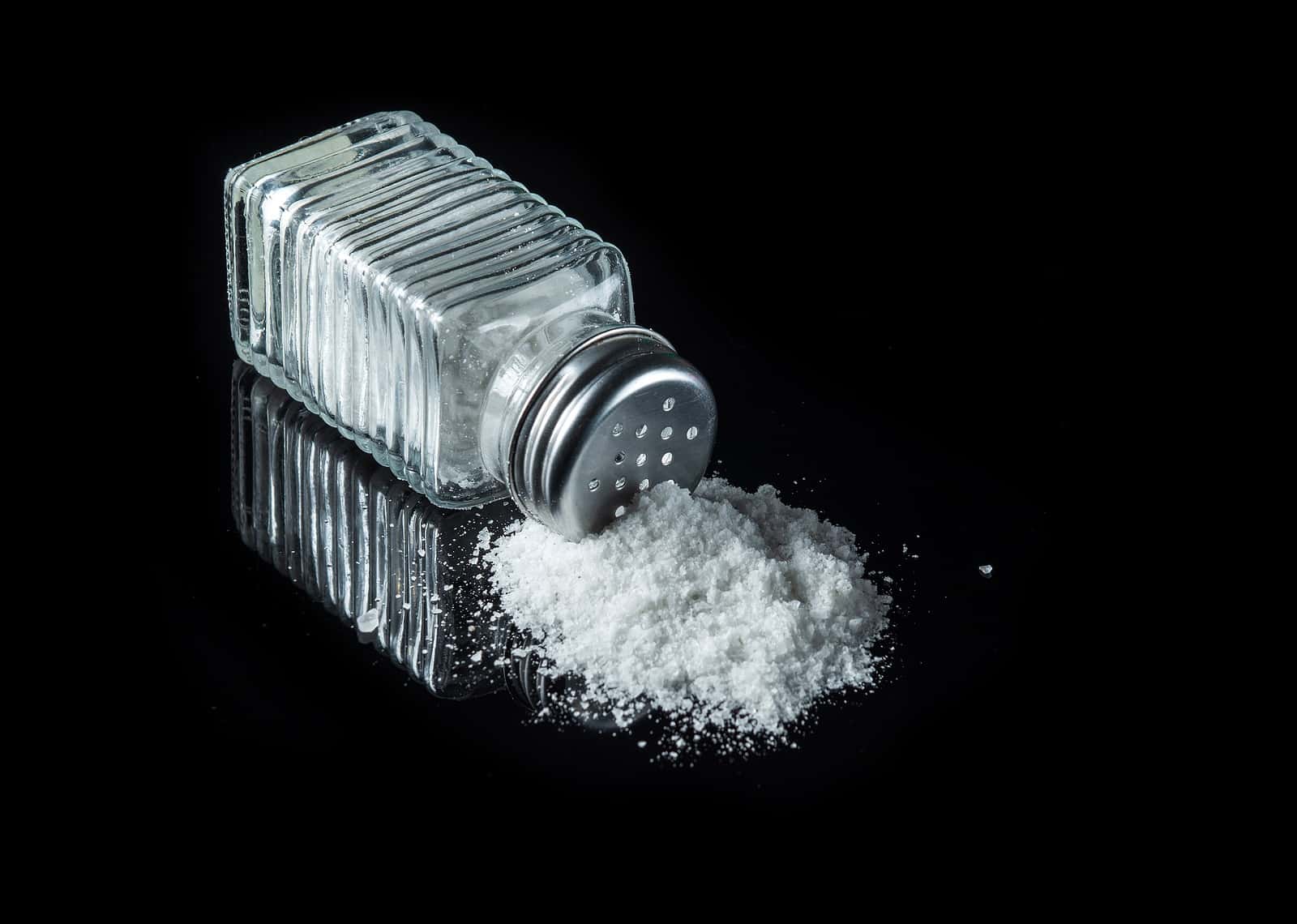
Americans love salt (and we are not the only ones who do). However, doctors warn us sternly that sodium chloride (aka salt) raises blood pressure, and that, in turn, increases the risk of stroke. Public health officials frequently advise cutting salt intake to lower the risk of hypertension. The main problem is that food without salt doesn’t taste appealing to most people. As a result, getting them to follow a low-salt diet is challenging. Might a salt substitute containing potassium chloride make it easier?
Chinese Adults Adopt Potassium-Based Salt Substitute:
A study from China published in the Journal of the American College of Cardiology reports that a potassium-enriched salt substitute helped prevent hypertension in older adults. The investigators provided some volunteers in elder care facilities with a salt substitute that was 25% potassium chloride (Journal of the American College of Cardiology, Feb. 12, 2024). This product also contained 62.5% sodium chloride and 12.5% other flavorings. Potassium chloride alone can taste bitter to some people, but the participants accepted it when combined with flavoring and regular salt. Three hundred thirteen people utilized this product for two years, while 298 stuck with ordinary salt.
During the study, systolic blood pressure increased by about 7 mm Hg on average among people seasoning their food with salt. Those using the substitute did not have any increase in blood pressure. The data show that people using the salt substitute on their food had lower blood pressure and were less likely to develop hypertension than those in the control group who used regular table salt.
The investigators note that people utilizing the salt substitute did not experience blood pressure dropping too low (hypotension). This occasionally happens when elderly people take medication to control their blood pressure.
Adopting a Salt Substitute Reduced the Risk of Stroke:
One of the important hazards of high blood pressure is a greater chance of suffering a debilitating stroke. A large controlled trial published in JAMA Cardiology has confirmed that using a salt substitute containing potassium can lower the risk of a stroke (JAMA Cardiology, Feb. 5, 2025). The researchers built on the study described above, expanded way beyond nursing home residents but using the same salt substitute.
The scientists studied more than 15,000 individuals who had experienced a stroke. These individuals were participating in a study of 600 villages in northern China that were supplied with ordinary table salt or a salt substitute that was partly sodium chloride and partly potassium chloride. The mixture tastes like table salt. Investigators followed the volunteers for five years and collected data on strokes and death. Those consuming the salt substitute were 14% less likely to have a recurrent stroke. They were also 12% less likely to die from a stroke. This is significant because people who have had one stroke are at higher risk for a subsequent one.
Does Reducing Sodium Help in Other Places?
An editorial in the same issue of the journal points out that it is practical for these volunteers to lower their sodium intake with a salt substitute, as the majority of their food is cooked at home. Another study also published in that issue examined the impact of regulations in South Africa (JAMA Cardiology, Feb. 5, 2025). Legislation reducing the sodium content of processed foods also lowered sodium consumption and rates of hypertension. The editorialists note that both studies “provide evidence of benefit and safety.”
Lite Salt Offers Americans an Option:
The product used in the Chinese study is not available in the US, but that shouldn’t be discouraging. There are products that American consumers can use. More than a decade ago, we heard from a reader who wanted to know more about salt and blood pressure.
Q. About 40 years ago a doctor told me to increase my potassium intake. A few years later I found Morton Salt Substitute. I sprinkle about 1/8 teaspoon on my food about once a week, and I haven’t had a muscle cramp since I started this routine.
A. This is a good way to boost potassium intake, which may help prevent leg cramps. Too much potassium, however, can be dangerous. Anyone who is taking ACE inhibitor blood pressure medicines like enalapril, lisinopril or ramipril must be very cautious about extra potassium.
Citations
- Zhang X et al, "Effect of a salt substitute on incidence of hypertension and hypotension among normotensive adults." Journal of the American College of Cardiology, Feb. 12, 2024. DOI: 10.1016/j.jacc.2023.12.013
- Ding X et al, "Salt substitution and recurrent stroke and death: A randomized clinical trial." JAMA Cardiology, Feb. 5, 2025. doi: 10.1001/jamacardio.2024.5417
- Jones DW et al, "Dietary sodium- and potassium-enriched salt substitutes-The tipping point?" JAMA Cardiology, Feb. 5, 2025. doi: 10.1001/jamacardio.2024.5430
- Gaziano T et al, "Sodium reduction legislation and urinary sodium and blood pressure in South Africa." JAMA Cardiology, Feb. 5, 2025. doi: 10.1001/jamacardio.2024.5410

